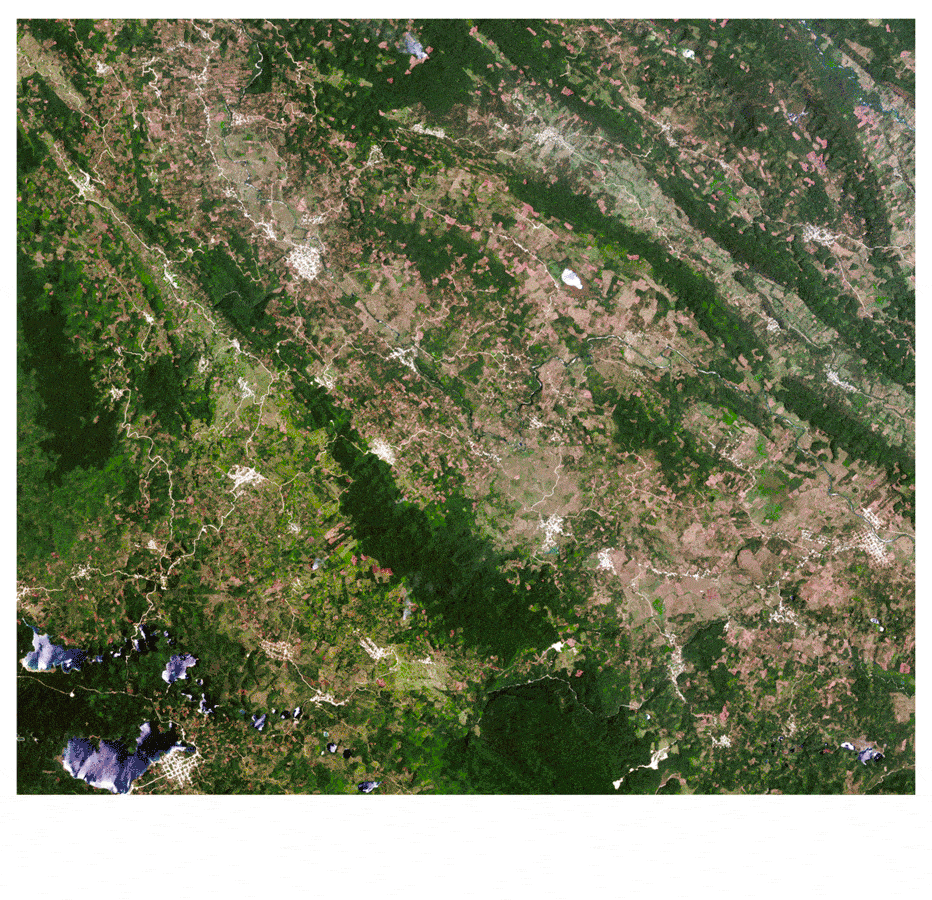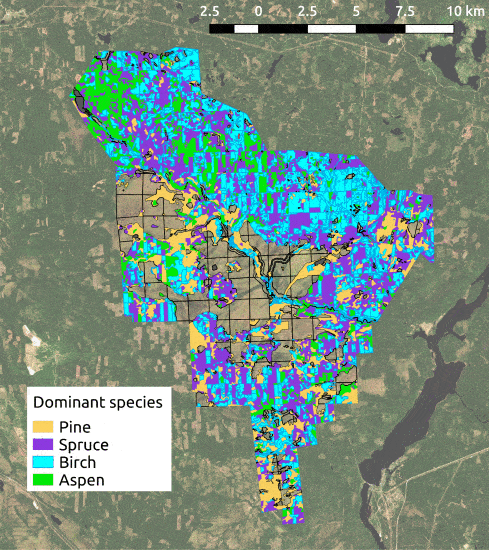
Much of what we know about forest management comes from aerial photos nowadays. Whether it’s drones, helicopters, or satellites, bird’s-eye views of forests are crucial for understanding how our forests are faring — especially in remote areas that are hard to monitor on the ground.
Satellite imagery, in particular, offers a cheap and effective tool for monitoring. But the problem with satellite data is that oftentimes, the resolution is pretty low, and it can be hard to tell what you’re looking at.
But a new study using neural networks to distinguish between satellite imagery may help with that.

“Commercial forest taxation providers and their end-users, including timber procurers and processors, as well as the forest industry entities can use the new technology for quantitative and qualitative assessment of wood resources in leased areas. Also, our solution enables quick evaluations of underdeveloped forest areas in terms of investment appeal,” explains Svetlana Illarionova, the first author of the paper and a Skoltech PhD student.
Illarionova and her colleagues from the Skoltech Center for Computational and Data-Intensive Science and Engineering (CDISE) and Skoltech Space Center used a neural network to automate dominant tree species’ identification in high and medium resolution images.

After training, the neural networks were able to identify the dominant tree species in the test site from Leningrad Oblast, Russia. The data was confirmed with ground-based observations during the year 2018. A hierarchical classification model and additional data, such as vegetation height, helped further enhance the predictions’ quality while improving the algorithm’s stability to facilitate its practical application.
The study focused on identifying the dominant species. Of course, among the forests with different compositions, there will be forests where the distribution is roughly equal between two or even more species, but the compositions of these mixed forests was outside the scope of the study.
“It is worth noting that the “dominant species” in forestry does not exactly match the biological term “species” and is connected mostly with the timber class and quality,” the researchers write in the paper.
Overall, the algorithm appeared capable of identifying the dominant species, although the researchers note that the outcome can be improved by a better training markup, which they plan on doing in future research
“However, in future research, we are going to cover mixed forest cases, which will fall entirely into the hierarchical segmentation scheme. The other goal is to add more forest inventory characteristics, which can also be estimated from the satellite imagery,” the study concludes.






